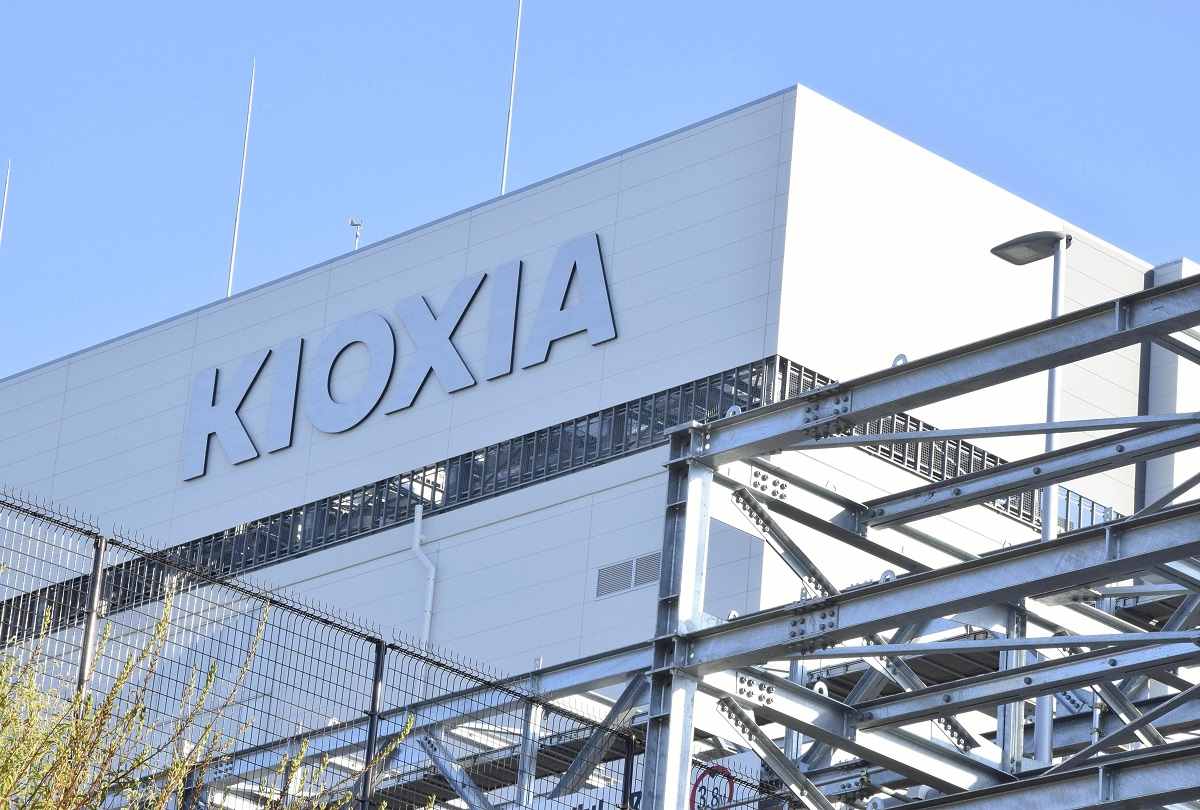Kioxia Develops SSD with optical interface

Kioxia Corporation will showcase a prototype broadband SSD with an optical interface for next-generation data centers at the "FMS: the Future of Memory and Storage" conference, taking place in Santa Clara, CA from August 6-8.
By replacing the electrical interface with an optical one, this SSD technology significantly increases the physical distance between the computing and storage units, reducing wiring requirements while maintaining energy efficiency and high signal quality.
This also brings high flexibility to data center system design and applications. By using an optical interface, it becomes possible to link individual components that make up systems, such as SSDs and CPUs, and connect them even faster. This promotes the development of a "disaggregated computing system" that can efficiently utilize resources according to a specific workload.
In addition, the optical interface, with its high signal integrity, can improve performance in demanding computing environments such as space. This achievement is the result of the Japanese project "Next Generation Green Data Center Technology Development", JPNP21029, supported by the New Energy and Industrial Technology Development Organization (NEDO), which is part of the "Green Innovation Fund Project: Construction of Next Generation Digital Infrastructure."
Within the framework of this grant project, next-generation technologies are being developed with the goal of achieving more than 40% energy savings compared to the current data centers. As part of this project, Kioxia is developing broadband SSDs with optical interface for data storage in next-generation green data centers.
Latest storage
-
24 Janstorage
-
17 Decstorage
KIOXIA Launches EXCERIA PLUS G4 SSD PCIe 5.0
-
25 Novstorage
ADATA SE920 External SSD
-
08 Augstorage
Kioxia Develops SSD with optical interface
-
01 Augstorage
Western Digital's revenue below expectations
-
31 Julstorage
Micron Launches 9th Gen NAND Flash
-
02 Julstorage
SK Hynix Announces SSD for AI PCs
-
04 Junstorage
KIOXIA ready with SSD Heatsink
Most read storage
Latest storage
-
24 Janstorage
Corsair launches EX400U USB4 SSD
-
17 Decstorage
KIOXIA Launches EXCERIA PLUS G4 SSD PCIe 5.0
-
25 Novstorage
ADATA SE920 External SSD
-
08 Augstorage
Kioxia Develops SSD with optical interface
-
01 Augstorage
Western Digital's revenue below expectations
-
31 Julstorage
Micron Launches 9th Gen NAND Flash
-
02 Julstorage
SK Hynix Announces SSD for AI PCs
-
04 Junstorage
KIOXIA ready with SSD Heatsink






